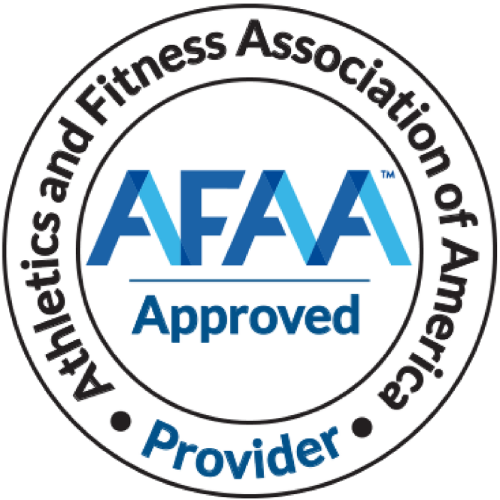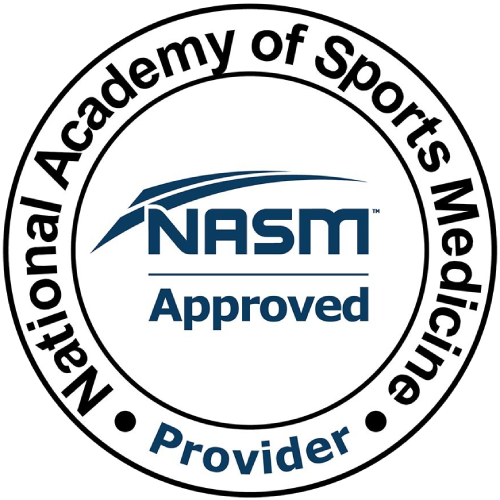Enhancing GLP-1 Medications with Functional Nutrition: A Balanced Approach with a Dash of Compliance
GLP-1 medications, like Ozempic, have taken the spotlight as powerful allies in managing type 2 diabetes and supporting weight loss. These meds don’t just regulate blood sugar; they also help curb your appetite, making them pretty effective. But here’s the catch—relying on them alone is like trying to build a house with just a hammer. You need the whole toolbox! Enter functional nutrition, your secret weapon to supercharge these meds and make your health journey more successful (and a bit more fun).
What’s the Deal with Ozempic and GLP-1 Medications?

Think of GLP-1 medications as your body’s hype squad for glucose metabolism. They mimic the naturally occurring GLP-1 hormone, helping you lower blood sugar, feel less hungry, and shed some pounds. Here’s how they work their magic:
- Suppressing glucagon: This is the hormone that likes to push your blood sugar up. GLP-1 medications give it a friendly nudge to keep it in check.
- Slowing down the food train: These meds make your stomach slow down, so you feel full and satisfied longer—no more sneaky snack attacks!
- Boosting insulin: When you eat, they help your body release more insulin, keeping post-meal blood sugar spikes in the “nice and steady” zone.
Why These Meds Are Kind of a Big Deal
- Blood Sugar Control: No more wild blood sugar rollercoasters—just smooth sailing with balanced levels.
- Weight Loss: Less hunger, more satisfaction, and fewer cravings make losing weight feel less like a battle and more like a breeze.
- Cardiovascular Protection: They’re like bodyguards for your heart, reducing the risk of strokes and heart attacks in people with type 2 diabetes.
Why You Still Need Functional Nutrition (No, You Can’t Skip This Part)

Sure, GLP-1 meds do a lot of the heavy lifting, but they’re not a one-stop shop. Functional nutrition is the sidekick that ensures your body gets the nutrients it needs, keeps your gut happy, and makes sure you’re on track for long-term success. Plus, it’s way more fun than a pill bottle or injection.
Feed Your Body Right
Even the best meds won’t supply you with the vitamins, minerals, and other goodies your body needs. Think of functional nutrition as the ultimate buffet—packed with whole foods, balanced macronutrients, and enough variety to keep things interesting. Leafy greens, berries, lean proteins, and healthy fats should be your BFFs. They boost your immune system, give you energy, and keep those pesky chronic conditions at bay.
Long-Term Weight Management: Not Just a Fad
Want to keep the weight off for good? You’ll need more than just a prescription. Functional nutrition helps you build sustainable habits that stick around longer than that diet you tried last January. By focusing on nutrient timing, balance, and variety, you’re setting yourself up for success, not just another round of “lose it, gain it back.”
Keep Your Gut Happy (And Avoid Unpleasant Surprises)
Let’s be real—GLP-1 meds can sometimes turn your gut into a drama queen. Functional nutrition is here to calm the storm. By loading up on fiber, probiotics, and prebiotics, you’re giving your gut the TLC it needs. Think of it as gut-friendly comfort food. Stay hydrated, ditch the processed junk, and throw in some anti-inflammatory foods for good measure, and you’ll be in much better shape.
Don’t Let Meds Do All the Work
Sure, popping a pill is easy, but don’t let that lull you into a false sense of security. Functional nutrition is all about building strong, sustainable eating habits that make you feel in control. Stick to whole, nutrient-dense foods, and you might even find yourself needing lower doses—or skipping extra meds altogether.
Pro Tips for Pairing GLP-1 Meds with Functional Nutrition
Whole Foods for the Win
Processed foods? Nope, not today! Stick with whole foods—fruits, veggies, lean proteins, and healthy fats. These will give you the nutrients you need and keep your blood sugar levels steady. Plus, your taste buds will thank you.
Mind Those Portions
Even if your appetite is on a leash, you still need to pay attention to portion sizes. It’s all about balance—enough food to keep your hormones and metabolism happy, but not so much that you’re undoing all that hard work. Think Goldilocks: not too much, not too little, just right.
Hydrate Like It’s Your Job
Water is your best friend here. It helps with digestion, keeps you feeling good, and might even ease some of those pesky GI side effects. A good rule of thumb? Drink at least half your body weight in fluid ounces each day, and more if you’re extra active. Bonus points if you add a slice of lemon or some fancy electrolyte powders.
Fiber: The Unsung Hero
Fiber does wonders for your gut, keeps your blood sugar in check, and helps you feel full. Load up on fiber-rich foods like beans, whole grains, and veggies. Your gut (and your future self) will thank you.
Say “Nope” to Processed Foods
Processed foods are like that friend who’s fun at first but leaves you feeling worse afterward. They’re high in sugars, unhealthy fats, and refined carbs—basically, the exact opposite of what you need. Stick with whole, minimally processed foods to keep your energy up and your weight in check.
The Bottom Line: Balance is Best

GLP-1 medications are game-changers in managing type 2 diabetes and obesity, but they’re most powerful when paired with a foundation of solid nutrition. By focusing on a balanced diet full of whole foods, you can supercharge the benefits of these meds and set yourself up for long-term success. So, while GLP-1 medications are great, remember—the real magic happens when you put that grocery cart to good use!


